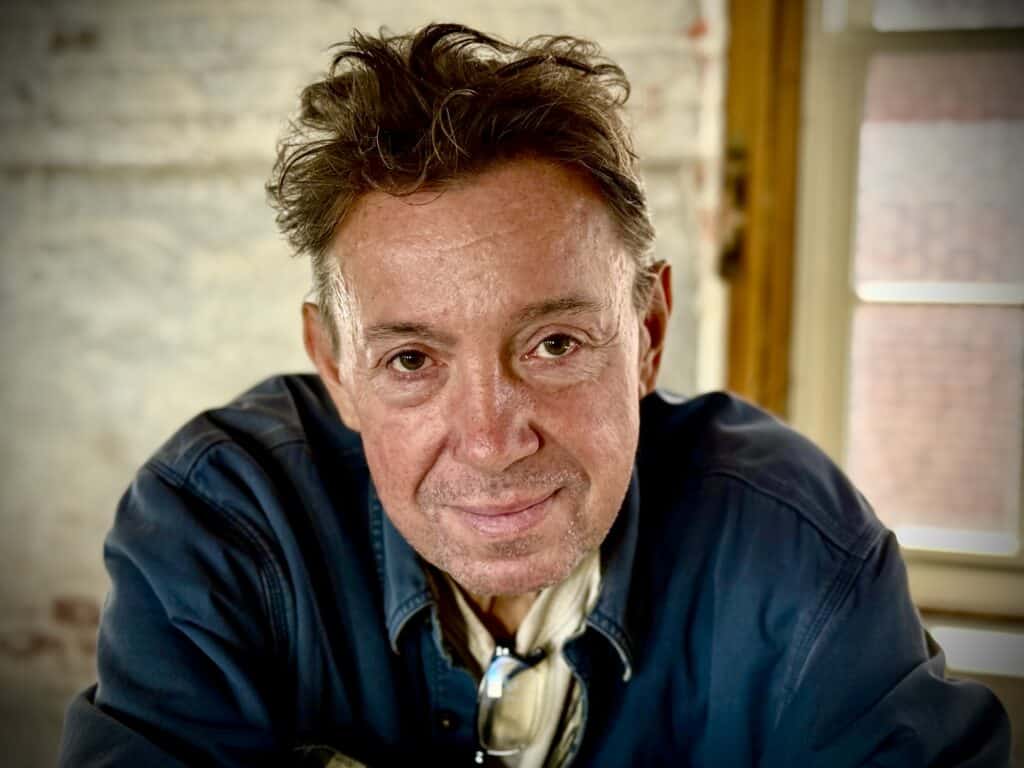Supportive Housing
When someone who has been staying in our Shelter is ready to live on his or her own, our Care Coordination Team helps that individual navigate the complex requirements necessary for someone who was previously homeless to secure supportive housing.
As part of our commitment to end homelessness, The Mission now owns five houses and one apartment building, which can provide a home for 43 individuals. Most recently, we oversaw the reconstruction of an historic home on South Clinton Avenue in Trenton, which had long been ransacked, boarded-up, and abandoned. Now renovated to its previous state, this elegant house is the home of five formerly homeless women.
In addition to our own supportive housing, we also work closely with our community partners to help someone who is ready to leave our Shelter find their own supportive housing.
Becoming eligible for supportive housing is a very complex process, which necessitates our Care Coordination Team helping an individual fulfill many requirements, which they often do not have, including:
- obtaining state identification (driver’s license),
- acquiting social security card,
- opening a bank account,
- receiving income (including food stamps and general assistance),
- getting health insurance,
- applying for jobs,
- preparing for interviews,
- connecting with The Mission’s community partners who also provide housing,
- coordinating with the CEAS Center (operated by the City of Trenton’s Department of Health and Human Services),
- and getting help from the Mercer County Board of Services (which can provide the first month’s rent and a security deposit).
Last year, through working with our community partners, we were able to help 121 previously homeless individuals find their own housing.

Norbert, who grew up in Hungary when it was a Soviet satellite state, defected to the United States when he was 18 years old, seeking a brighter future in this country.
At first, he was sponsored by a church that flew him from Austria to a small town in the badlands of South Dakota, near Mount Rushmore, where the snow blew heavy and the job opportunities were scarce. Then, as he learned to speak English, he spent most of his money on his dream car, a Cadillac Coupe Deville, which he drove east, living what he described as a hardscrabble life, working as a mason, delivering furniture, and doing maintenance work. Then during the pandemic, as he said, “Everything slowed down. And there was no work to have. So, my money slowly disappeared.”
“Soon, it just became about survival. I slept in my van, which was broken down. Then I went to the street. And I met a guy who said, ‘Winter is coming.’ And he got me to The Shelter.” There he met Louise Gernhardt, Housing Navigator, who helped Norbert obtain the requirements he needed to qualify for supportive housing. And he is now moving to his own efficiency apartment, with help from our community partners, where he is ready to find work and get back on his feet.